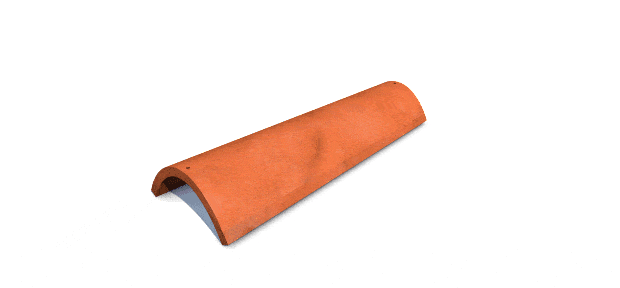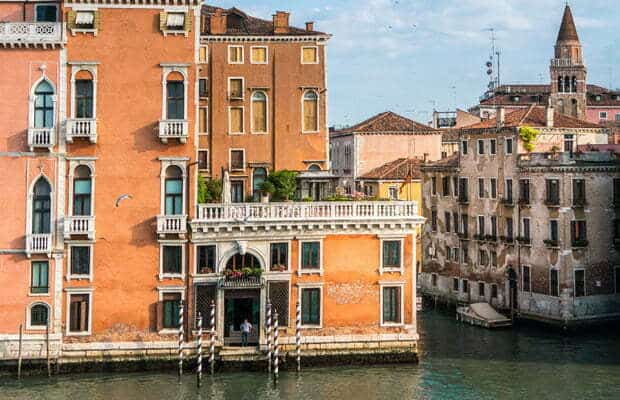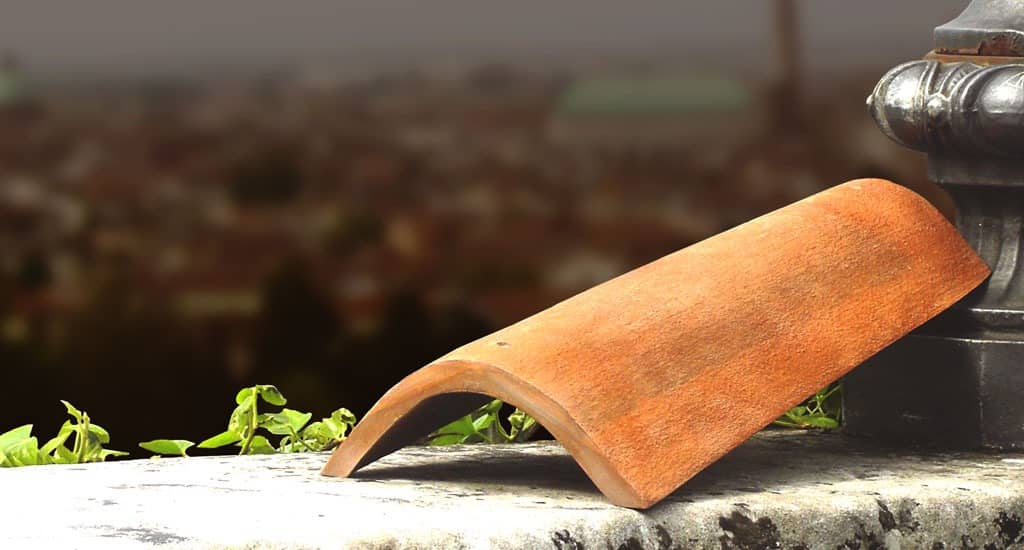Happy 2023! We start it with the Sun :) Solar energy is becoming increasingly important in our move towards renewable energy sources. We have seen solar thermal plants in the desert and photovoltaic parks covering vast areas of land (or reservoirs), but one of the most promising ways to harness solar energy is to install them on the roofs of homes and buildings. In some parts of the world this trend is encouraged with subsidies and other types of support, as happens in Italy. But what happens if a building is part of a protected area because it has high artistic value? In Italy there are entire historic centers like this. A nice tile, this one. In all senses.

A Roman tile that captures solar energy
Dyaqua, a manufacturer based in Vicenza, believes it has found a solution to this problem. A solution that takes the name of Invisible Solar and the shape of a traditional Roman tile, but which inside contains photovoltaic elements under a layer of polymer "opaque to the eye but translucent to the sun's rays". I'll be honest: maybe you can try it, me on the official website I haven't found many details on exactly how this tile works, other than the fact that it uses conventional solar cells mounted beneath the polymer layer. An innovative solution to exploit solar energy in a sustainable way even in protected historical sites, but I have no certainty about its actual efficiency.
How does it work?
Have you ever heard of photocatalytic technology? This is a property present in some materials that allows them to self-clean in the presence of light. It all starts from a film of titanium dioxide, a substance present in many food products as a white pigment and colorant. But titanium dioxide also has interesting color properties, such as iridescent and reflective effects, when used in thin films. But how is it used in combination with solar cells? I imagine that dyes were selected for this tile whose spectral profile does not interfere too much with that of the solar cells, together with the chromatic effects given by the titanium dioxide film.

In any case, the "photovoltaic Roman tile" is a curious technology, about which we would like to know more. We like to imagine that the first dawn of 2023 can "kiss" the roofs that can give energy to houses. We will find out more and let you know.


